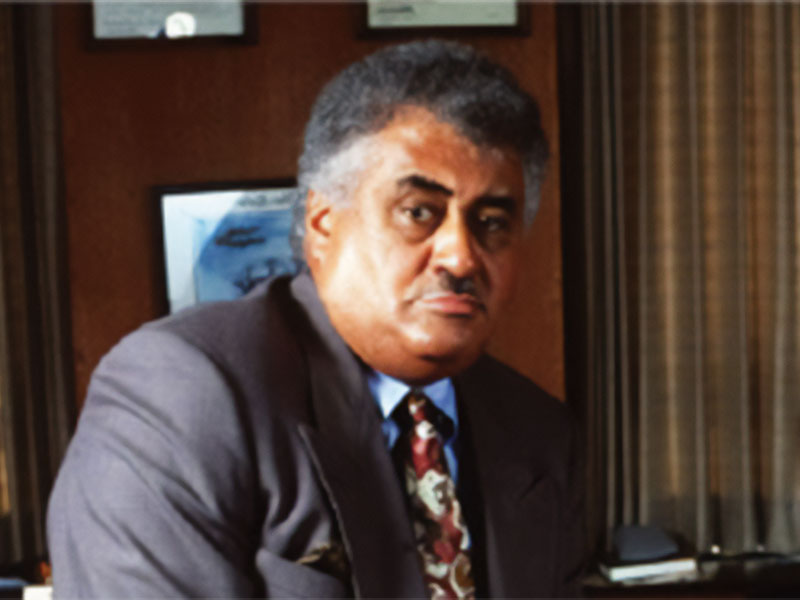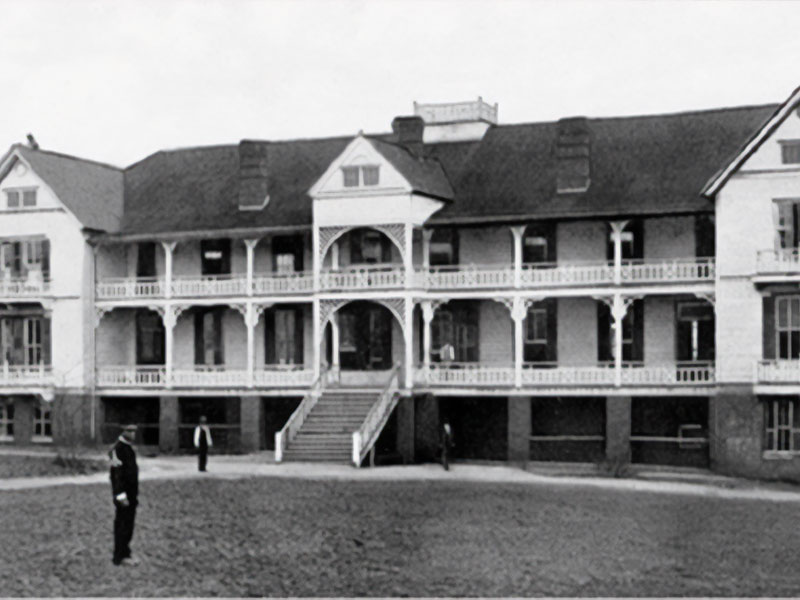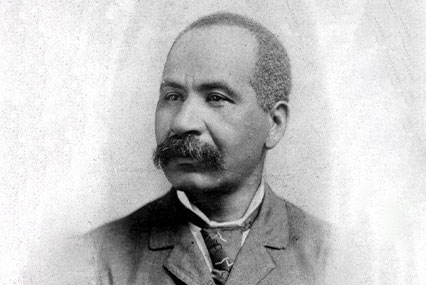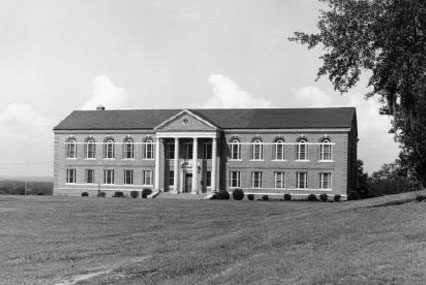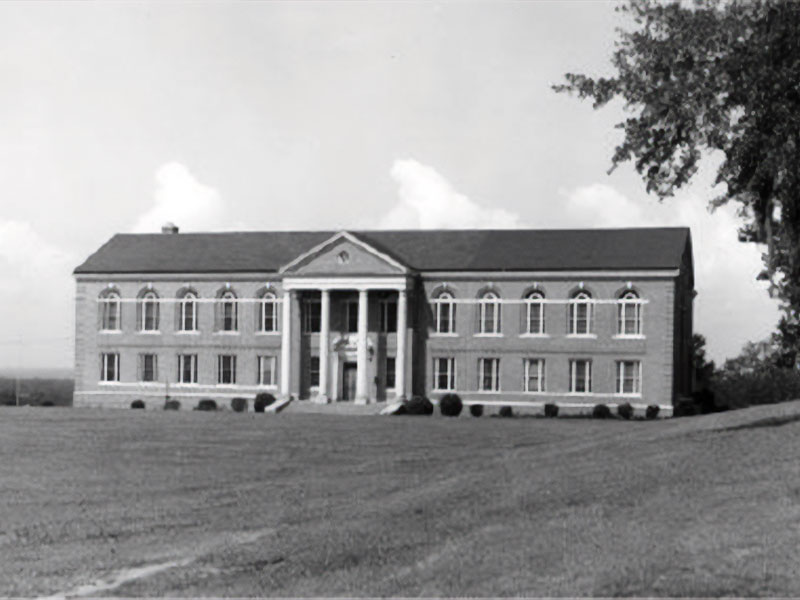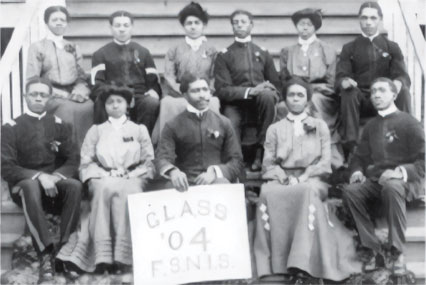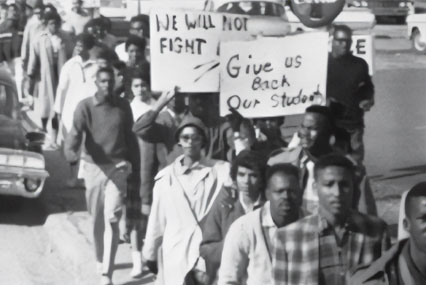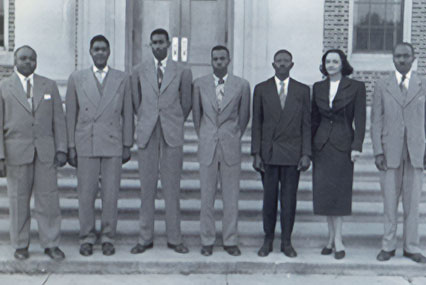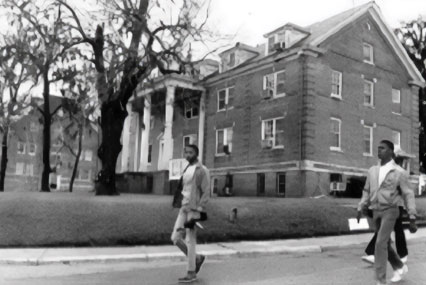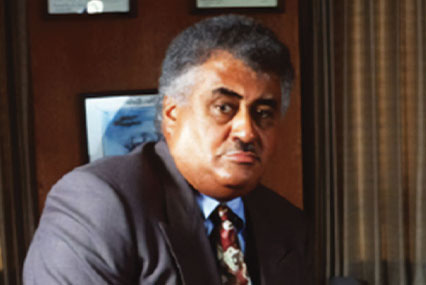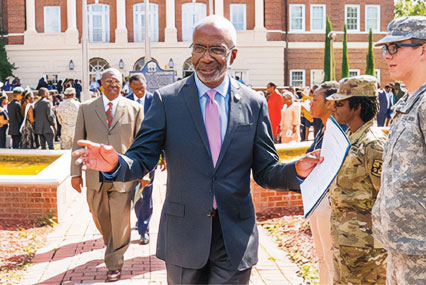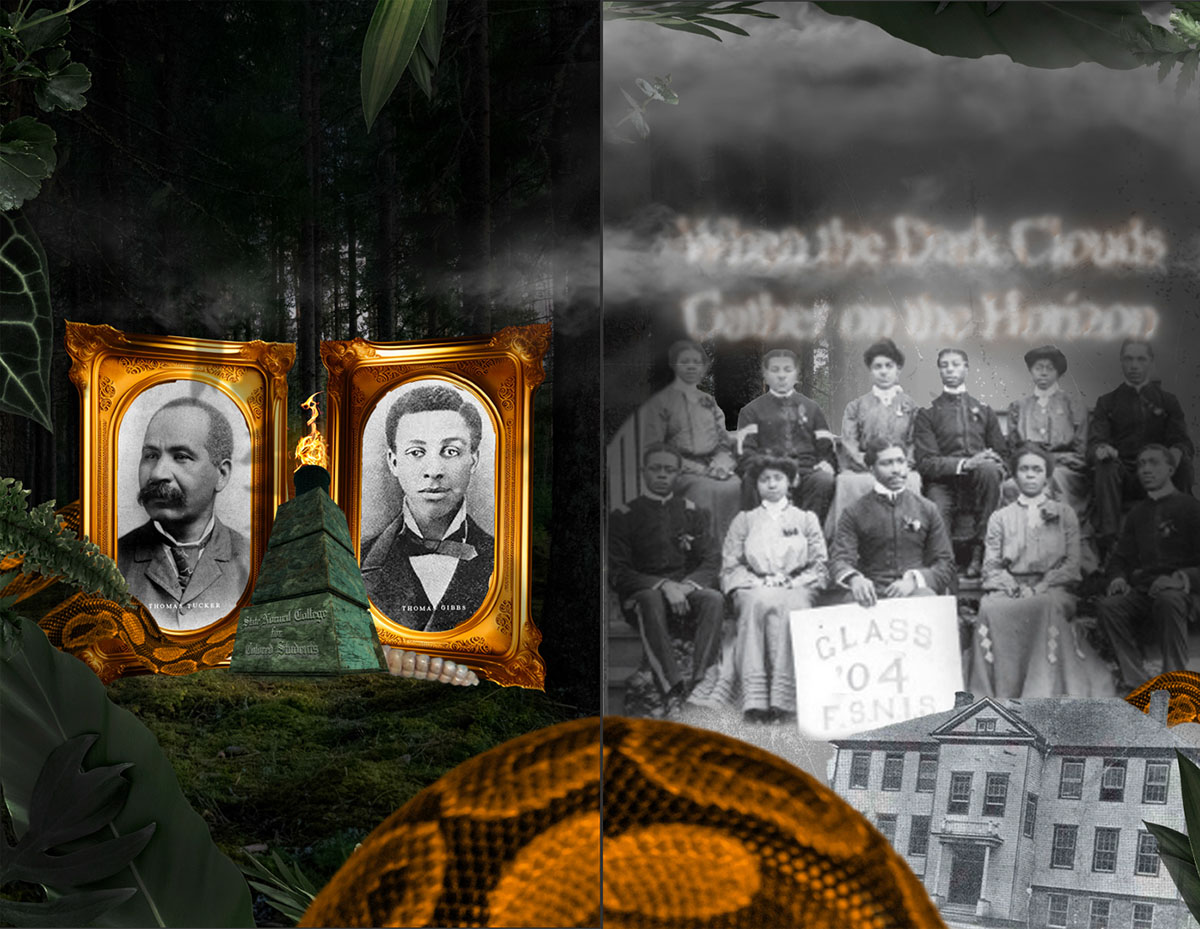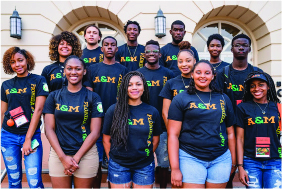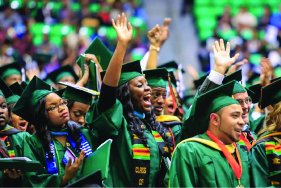History of Florida A&M University
Every university has a history, but few have a history as unique and impressive as ours. For more than 130 years, Florida A&M University has served the citizens of the State of Florida and the nation through its provision of preeminent educational programs...programs that were the building blocks of a legacy of academic excellence with caring. FAMU, “Florida’s Opportunity University,” is committed to meeting the challenges and needs of future generations.
11 presidents, 7 interim presidents, and 130+ years of excellence
Taking A Look Back: Our history reaches deep into Florida’s past. 11 presidents, 7 interim presidents, and 130+ years of excellence
Interim President Timothy L. Beard, Ph.D.

- The Florida A&M University (FAMU) Board of Trustees (BOT) approved the 12-month contract
of Interim President Timothy L. Beard, Ph.D. Beard, who served as president of Pasco-Hernando
State College (PHSC) from 2015 until his retirement earlier this year, will begin
his tenure on August 5. He succeeds President Larry Robinson, Ph.D., who served nearly
seven years prior to stepping down. Dr. Beard will serve until the next university
president is selected.
Dr. Beard earned undergraduate degrees from FAMU and Florida State University (FSU) and a doctoral degree from FSU in 1998 in Rehabilitation Counseling with a focus on Higher Education Administration. Two of his daughters and a son-in-law are FAMU alumni.
Become Living History
One of the best ways to determine if a university is right for you is to visit the campus. We offer campus tours to provide students and their families as well as high school and/or community groups a better understanding of campus life.
We're thrilled that you're applying to Florida A&M University! We offer 54 bachelor's degrees, 29 master's degrees, three professional degrees, and twelve doctoral degrees. Find one that helps you accomplish your goals.




